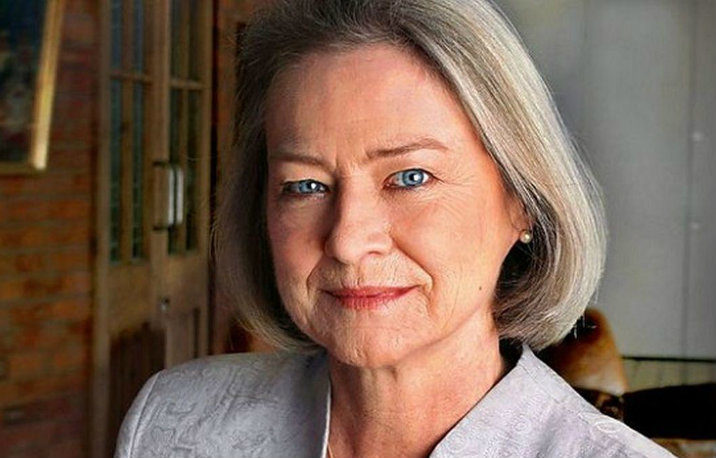Making teenagers interested in the news is no easy task. A study undertaken by the US Pew Research Centre has found that Americans between the ages of 18-34 are on average much less well-informed about current affairs than those in older age groups. And this was amongst young adults, as opposed to the younger teen generation.
Whilst it may be tempting to reassure ourselves that things can’t be so bad here in the UK, statistics suggest otherwise. In 2005, the BBC reported that a survey of 110 14-16 year old pupils showed only 25% knew which party was in power, which was the official Opposition and which the third strongest party. And whilst almost all could identify the PM of the day, Tony Blair, just one in six recognised Tory leader Michael Howard and only one in 10 knew who Charles Kennedy was. And perhaps more worryingly, almost half of the pupils polled weren’t interested in becoming more knowledgeable about politics. Others have argued that it’s not just politics Britain’s youth has become apathetic about. Just last year Olympic gold medallist Christine Ohuruogu told the BBC that most young people she’d met were “”not really interested” in the London 2012 Games.
This is not to say that journalists should give up on younger audiences. Apart from anything, as The Broadcast Journalism Handbook points out, “Advertisers… like young audiences, because they are more likely to change brands or be receptive to new ideas than older people, who are more set in their ways.” Channel Four, it notes, has a higher percentage of young people in its audience than ITV1, “and its profits reflect this.”
Getting young people interested in what’s going on in the world is not just important to journalists and advertisers, though. It’s crucial to society as a whole. Young people have a huge amount to offer; through fresh ideas, drive, ambition, and a different way of looking at the world to their elders, and we should not let these talents go to waste.
The main aim of the Teen Voice news channel, therefore, would be simply to engage teenagers in news and current affairs. One of the ways this could be achieved would be to broadcast each news bulletin on a YouTube channel. Ask young people today what their primary source of news is and as often as not you will be told that they first hear about most major events through social networking sites such as Facebook, Twitter and Myspace. To find evidence of the power of social media in spreading awareness about news stories one must look no further than the Kony 2012 campaign, which brought Joseph Kony, an indicted Ugandan war criminal, to public attention. The short film Kony 2012 amassed over 86m views on YouTube by the end of March, following its release earlier that month, with over half of young adult Americans having heard about it within days of its publication. Whilst some questioned the motives of Invisible Children, the organisation behind the campaign, it has so far contributed towards both a resolution by the United States Senate and the decision of the African Union to send troops into Uganda. In using a YouTube channel to broadcast news, Teen Voice could reach the teenagers (of which there are many) who would be unlikely to choose to watch news on television.
Another important way to engage our audience would be through the use of young journalists, following the example of BBC Radio 1’s Newsbeat. The aim of the programme is, after all, to connect with teen audiences and to provide them with a voice, and for this a young news team would be essential. On-screen presenters in particular would have to be young themselves, so that teenagers could see with their own eyes that the programme they are watching is a product of their own generation. News selection would be aimed at covering the major issues of the day whilst also focusing on subjects traditionally popular with younger audiences, such as sport and entertainment news. Bulletins would be kept short and sharp – with a five minute broadcast at around 8am before teenagers make their way to school, and an extended 15 minute broadcast at 5.30pm after their return.
A news website would be run in parallel to the online bulletin, providing further depth and more information on each story, and including additional audio and video material to that which had been broadcast. The news team would consist of an editor, two sub-editors, an entertainment reporter, a sports reporter, three general reporters, an interactive editor and a multi-media editor. The role of the multi-media editor would be a key one: online news should include elements of audio or video as well as text in as many stories as possible to convey aspects of news which one medium alone cannot. The interactive editor, on the other hand, would ensure each of our stories’ presence on social media websites, thus hopefully spreading them to the largest audience of young people possible. They would also be responsible for allowing the audience to interact with stories through the use of comments, discussions and polls, to make sure that through our organisation young peoples’ voices were truly being heard. Sub-editors would have to make sure that no material inappropriate for under-18s was shown in our bulletin, or available on or through the website.
Above all, the aim of the YouTube broadcast and online news site would be to give young people a broad overview of important news issues, and particularly ones which affected them. We would aim to present each story in the most clear, concise, uncomplicated (yet not patronising) and interactive way we could, to make Britain’s young people feel truly part of the news.







